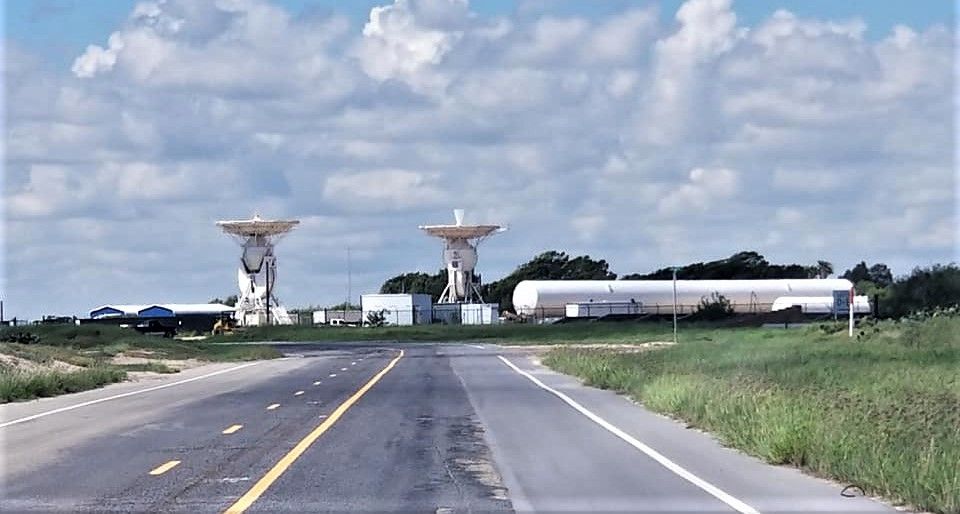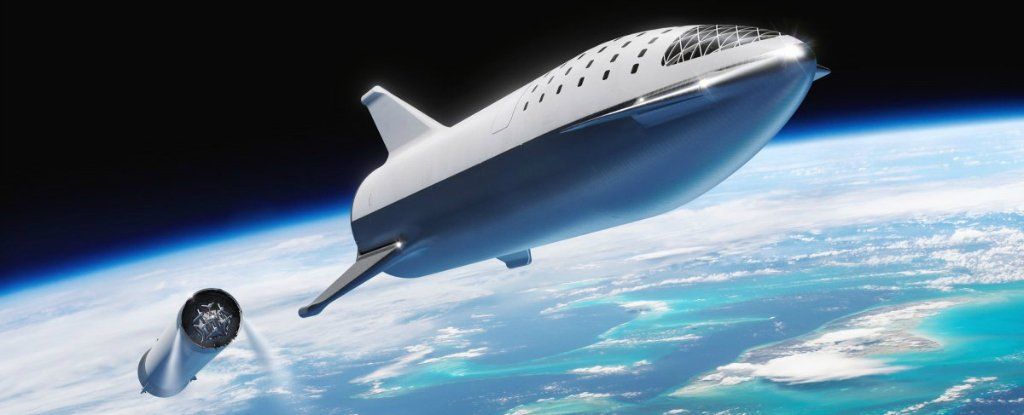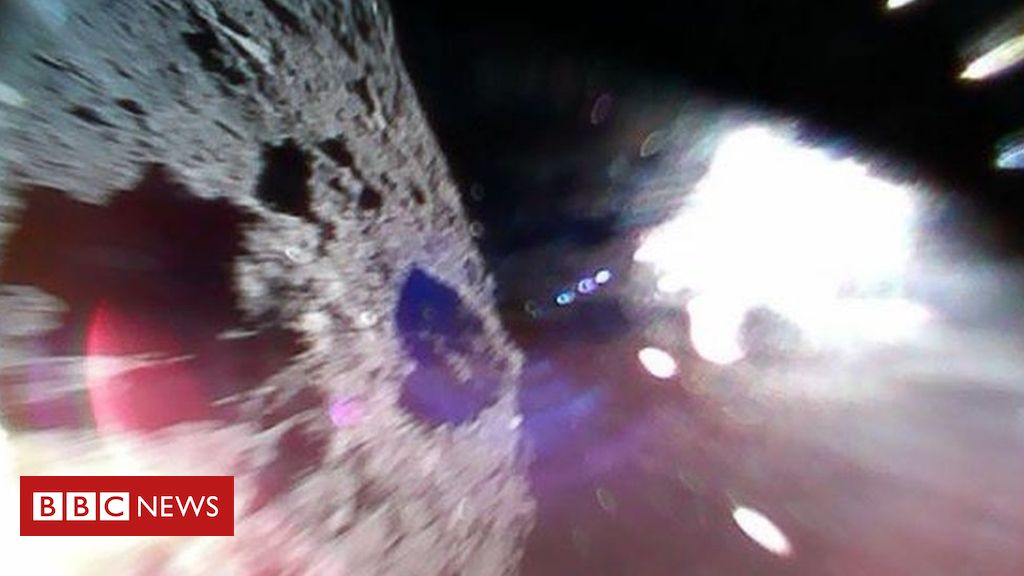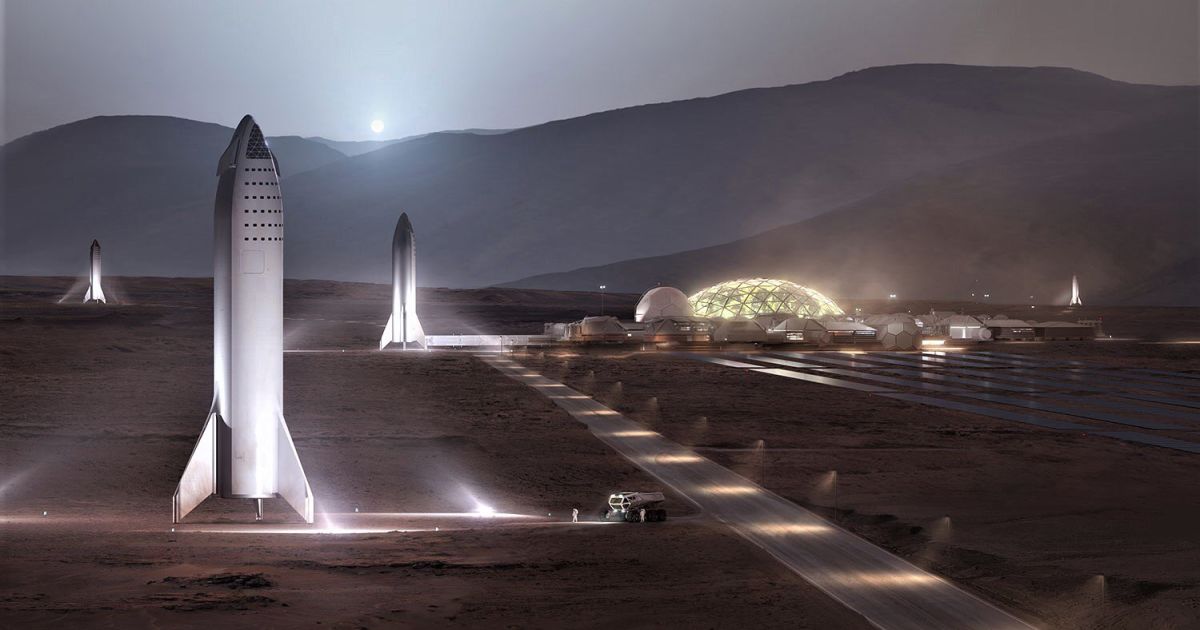Humanity could have an outpost on Mars just a decade from now, Elon Musk said.
Musk’s company SpaceX is building a huge, reusable rocket-spaceship duo called the BFR to help our species explore and settle Earth’s moon, Mars and other worlds throughout the solar system.
The billionaire entrepreneur’s long-term vision involves the establishment of a million-person city on the Red Planet in the next 50 to 100 years. But we could get the founding infrastructure of such a settlement — an outpost Musk calls Mars Base Alpha — up and running much sooner than that, he said. [The BFR in Images: SpaceX’s Giant Spaceship for Mars & Beyond].
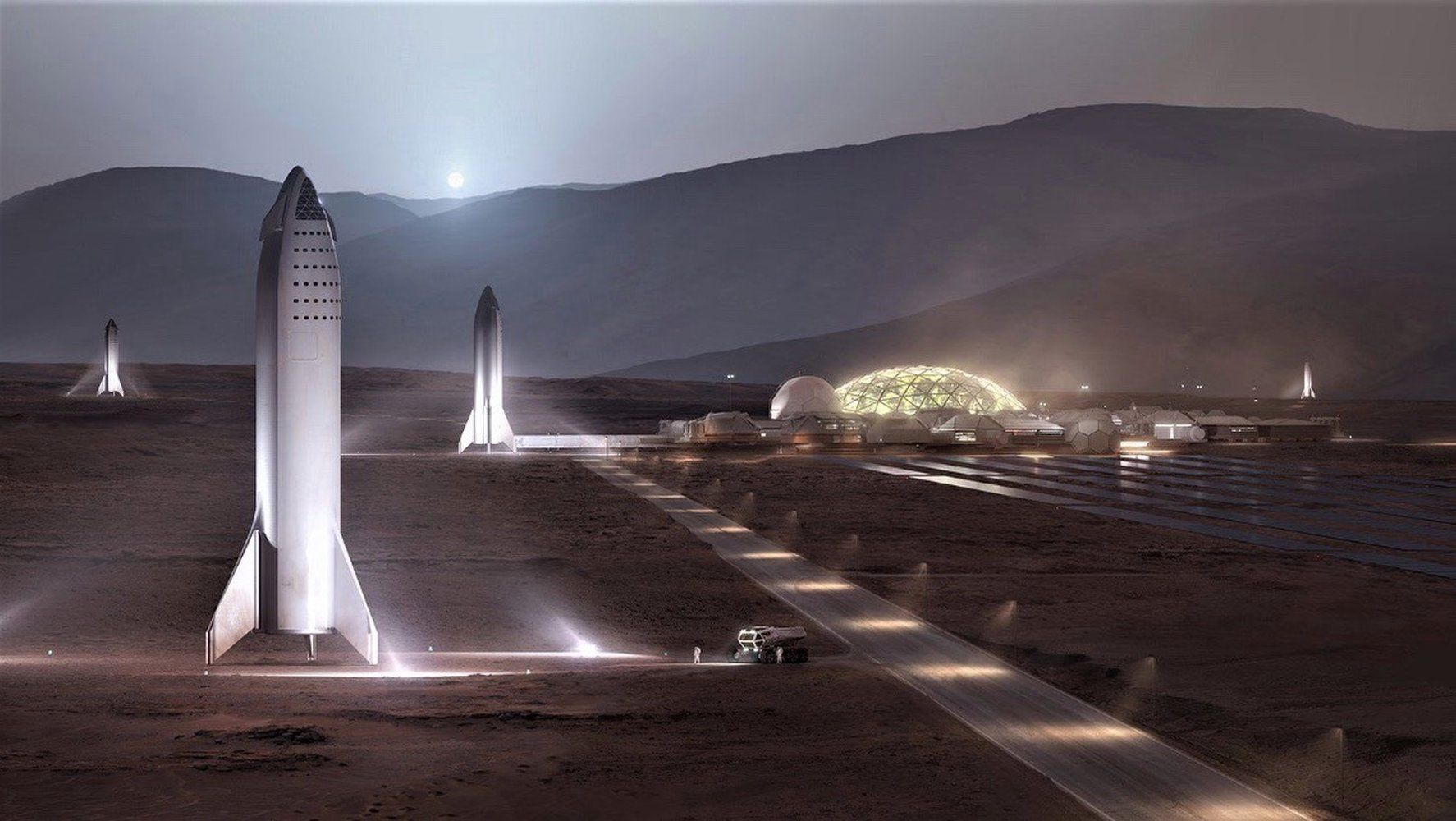
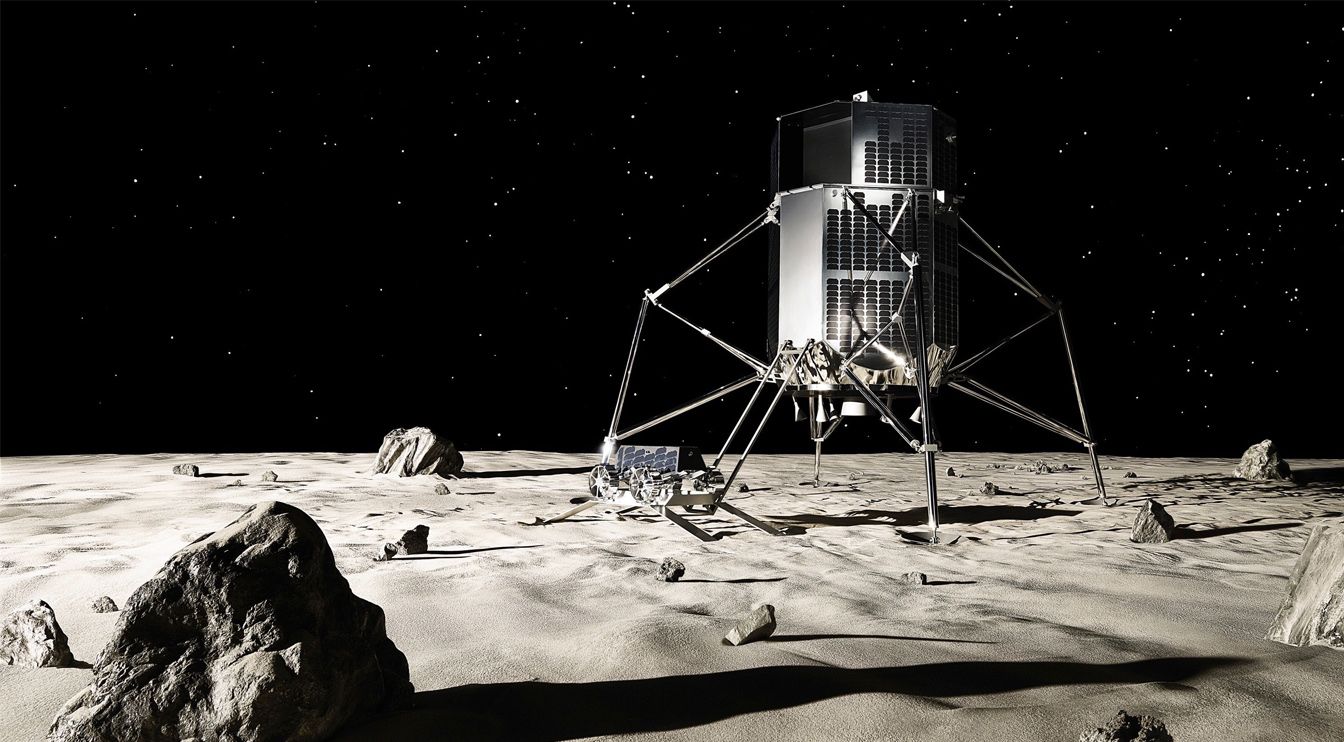
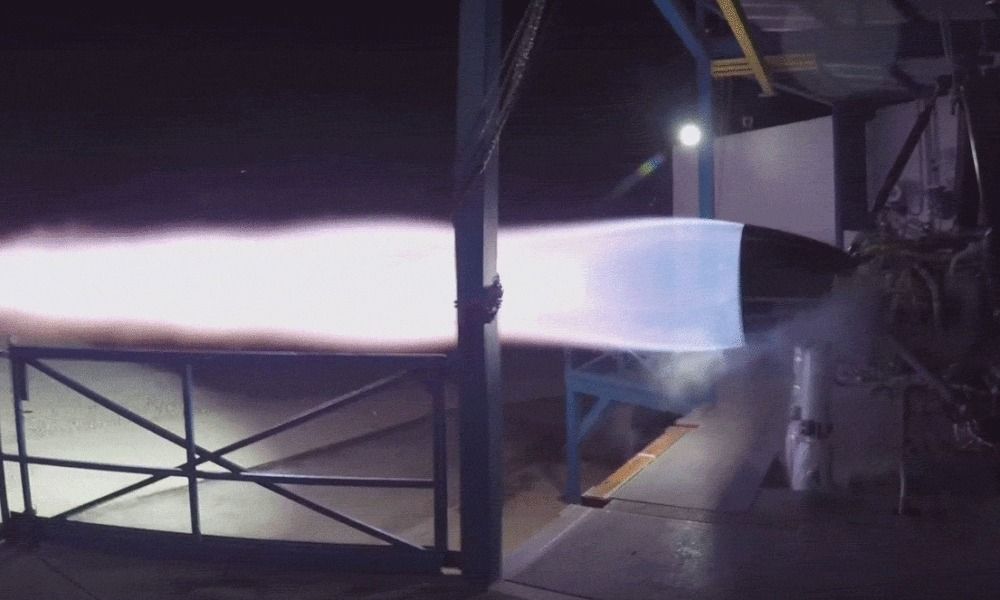

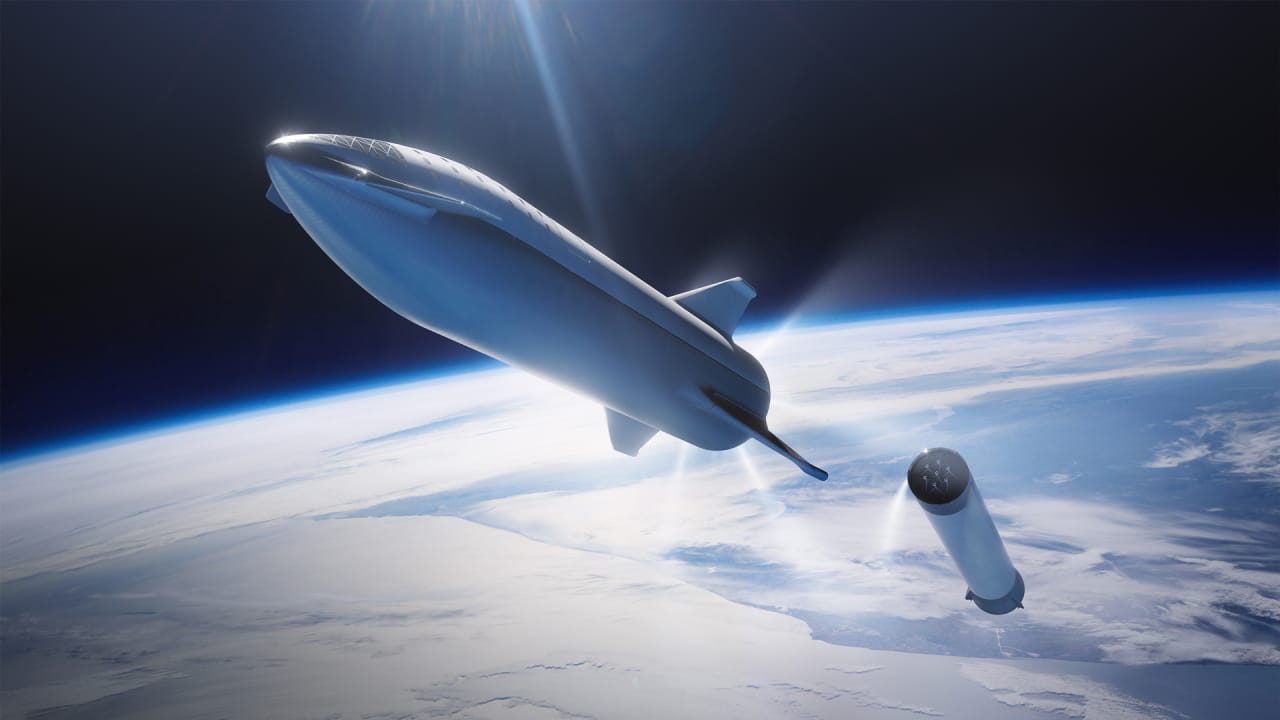


 .
.